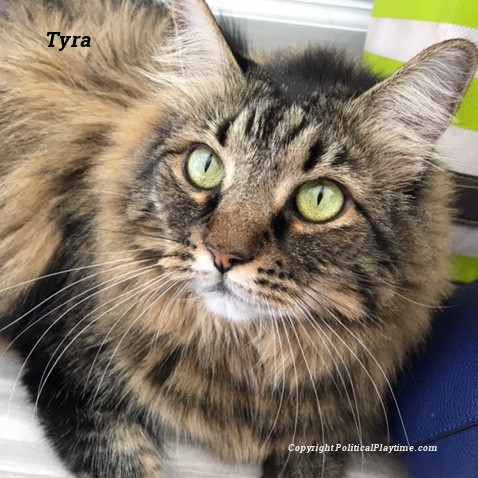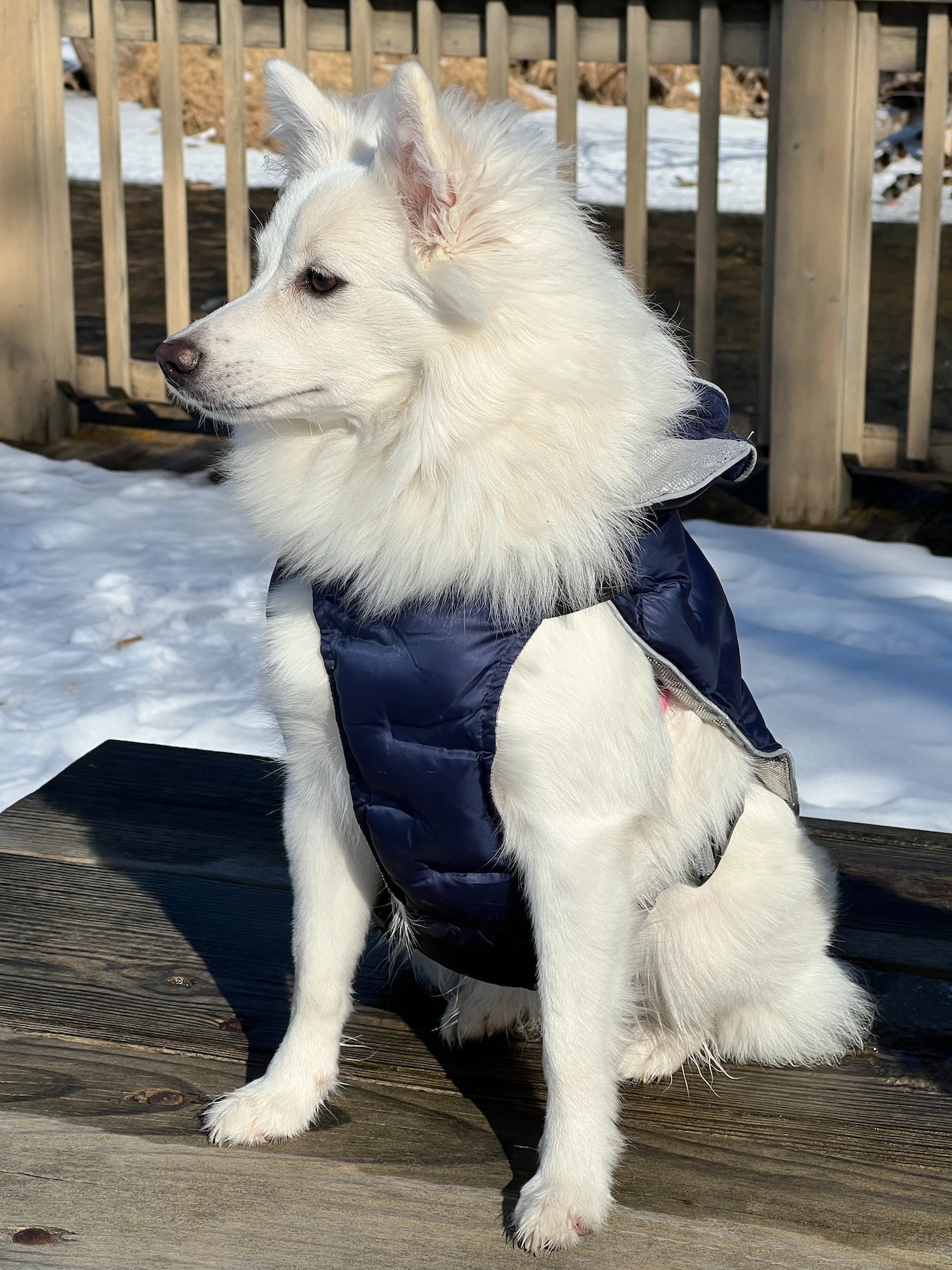The Contrasts Between ‘Cat People’ and ‘Dog People’: Personality Traits, Lifestyles, and Preferences
Bt Editorial Team

“Cat people” and “dog people” are terms often used to describe individuals who have a preference for one type of pet over the other. While it’s important to note that these distinctions are not rigid and people can certainly love and appreciate both cats and dogs, there are some general differences in personality traits, lifestyle, and preferences that tend to be associated with each group. It’s essential to recognize that these are broad generalizations, and there is a lot of individual variation within each group.
- Personality Traits:
- Cat People: Cat owners are often stereotypically characterized as more independent, introverted, and self-reliant. They may value solitude and appreciate a pet that is low-maintenance and less demanding of their attention.
- Dog People: Dog owners are often seen as more extroverted, sociable, and outgoing. They may enjoy the companionship and social interaction that comes with owning a dog, as well as the responsibility and structure that a dog’s routine provides.
- Lifestyle Differences:
- Cat People: Cat owners tend to have lifestyles that are more adaptable to a pet that is low-energy and can be left alone for longer periods. They may prefer the flexibility of a cat’s independent nature.
- Dog People: Dog owners often lead more active lifestyles because dogs require regular exercise, such as daily walks. Owning a dog can encourage a more structured daily routine due to feeding, walking, and training schedules.
- Emotional Connection:
- Cat People: Cat owners may appreciate the companionship of cats but also value the idea of a pet that doesn’t rely on them for constant attention. They might enjoy the enigmatic and aloof nature of cats and find comfort in their low-maintenance presence.
- Dog People: Dog owners often have a strong emotional bond with their pets and view them as loyal, loving, and affectionate companions. Dogs are known for their loyalty and willingness to interact, which can create deep emotional connections with their owners.
- Pet Care:
- Cat People: Cat owners often appreciate the ease of cat care. Cats are generally litter-trained and self-grooming, requiring less time and effort for grooming, exercise, and training.
- Dog People: Dog owners tend to invest more time in their pets. They need to walk their dogs, engage in training, and provide more direct attention and care.
- Living Situation:
- Cat People: Cat owners may be more likely to live in apartments or smaller living spaces where cats can adapt easily to limited indoor spaces.
- Dog People: Dog owners often have more space and may prefer suburban or rural settings where their dogs can have access to yards or open areas for exercise.
- Social Interaction:
- Cat People: Cat owners might prefer a quieter, more relaxed environment where they can enjoy the company of their pets without the need for extensive socialization.
- Dog People: Dog owners might be more inclined to seek out social activities that involve their dogs, such as dog parks, pet-friendly events, or group training classes.
It’s important to emphasize that these are generalizations, and individuals may not fit neatly into one category or the other. Many people own both cats and dogs and appreciate the unique qualities of each. People’s preferences for pets are influenced by a combination of personal traits, lifestyle, and past experiences. Ultimately, the choice between being a “cat person” or a “dog person” is a matter of personal preference and should be made based on what aligns best with an individual’s lifestyle and needs.

